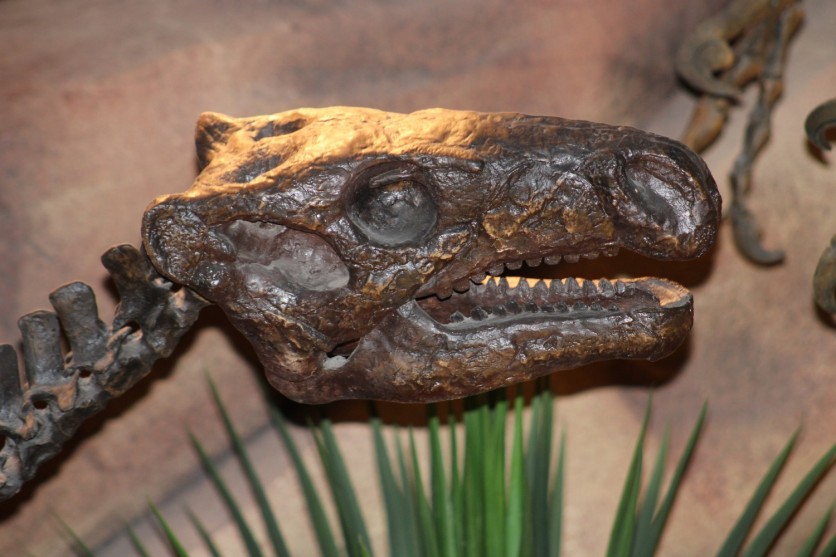A new study from the University of Bonn claims that several mysterious fossilized bone fragments found since the 19th century may have been from a gigantic ancient sea creature called ichthyosaur. Previously, the origin of such bone fragments baffled paleontologists for 150 years.
The bone fragments were discovered all across Western and Central Europe. The mysterious bones' discovery started in 1850, wherein British scientist Samuel Stutchbury discovered a massive, cylindrical bone fragment at Aust Cliff, a fossil deposit close to Bristol.

Since then, other locations throughout Europe have yielded similar bone fragments, such as Bonenburg in North Rhine-Westphalia and the Provence region of France. These regions were buried beneath a massive ocean that covered large portions of Western and Central Europe more than 200 million years ago. The sediment has retained fossils from that era's animal life, including marine and coastal inhabitants.
The animal species to which these massive, petrified bones belonged is still up for discussion. Examining the initial discoveries, Stutchbury surmised that they originated from an extinct land species resembling a crocodile called a labyrinthodontia. Other scientists, however, cast doubt on this theory, believing that the fossils were actually from stegosaurs, long-necked dinosaurs (sauropods), or an as-yet-unidentified group of dinosaurs.
Now, amid these different theories on the mysterious fossils, a new study spearheaded by Prof. Martin Sander along with young researcher Marcello Perillo in the Institute of Geosciences at the University of Bonn re-analyzes the microstructure of the fossilized bone tissue to truly find its origin.
Read Also: Unlocking the Secrets of Flight: Feather Analysis Reveals Evolutionary Patterns
Ichthyosaur Remains
Perillo claims that when comparing specimens from Bonenburg, France, and South West England, they all showed a very particular set of characteristics. This finding suggested that they could belong to the same phylum. Then, using a powerful microscope, he was able to demonstrate the unique structure of the bone wall: it featured long strands of protein fiber known as mineralized collagen intertwined in a way not previously seen in other bones.
It is interesting to note that the bone wall structure of fossilized giant ichthyosaurs from Canada is strikingly similar. Nevertheless, Perillo's analysis of fossil materials from several animal families did not reveal this structure.
He goes on to say that the evidence contradicts the theory that the bones are from a land-dwelling dinosaur and that it appears highly likely that the fragments in question also belong to an ichthyosaur.
The fossils most likely originate from a sea creature's bottom jaw. It is feasible to estimate the length of the animals by comparing the size of the fragments with the jaws of other species in this animal group. As previously suggested by ichthyosaur theory proponents, the animals may have reached a length of 25 to 30 meters.
Chinese Dragon Fossil Remains
The origins of ancient fossil remains continue to progress. Recently, a 240-million-year-old fossil that resembles a "Chinese dragon" was discovered in Guizhou Province, southern China, by researchers from the National Museums Scotland.
The specimen was recognized as that of a 5-meter-long Triassic water reptile called Dinocephalosaurus orientalis. It resembled the Middle Triassic European and Chinese sea lizard Tanystropheus hydroides, which had a long neck and 32 vertebrae.
Related Article: What Killed the Dinosaurs After the Asteroid Impact? Scientists Finally Have an Answer

ⓒ 2025 TECHTIMES.com All rights reserved. Do not reproduce without permission.




